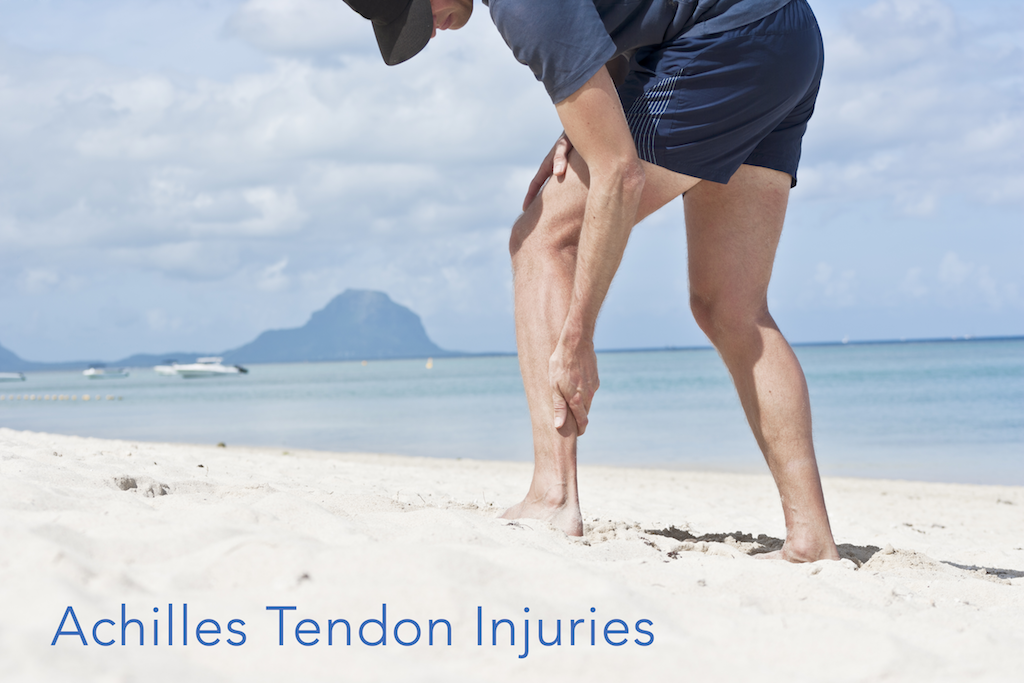Posted by slomotionshoes | 31 May, 2017
Achilles Tendon Injuries

Acute ruptures of the Achilles tendon are generally explosive events related to the contraction of the calf muscle while the Achilles tendon is lengthening. This explosive injury is more common in men than women and is generally experienced while playing high-intensity sports like basketball and tennis.
The Achilles tendon is an extension of the muscle fibers originating from the gastrocnemius and soleus muscles in the back of the leg. The Achilles tendon attaches to the back of the heel bone and is at most risk for injury in an area 4-6 cm above the heel bone called the “watershed” region of the Achilles tendon.
All acute ruptures of the Achilles tendon have some degree of preexisting damage called tendinopathy prior to the acute event. This tendinopathy may be localized pain and inflammation to the watershed region of the Achilles tendon or may involve thickening of the tendon. When marked thickening associated with tendinopathy occurs a person is less likely to experience an explosive rupture because the associated pain prevents normal athletic activity.
Treatment for tendinopathy generally involves rest of the tendon with modification of exercise activity. Acute pain to the tendon can require immobilization in a removable cast boot. If the pain is less severe a heeled shoe is ideal because it decreases the mechanical workload and stress on the Achilles tendon during walking. A Night splint worn during night sleep maintains some level of stretch on the Achilles tendon which may modify the inflammation cycle assisting in recovery.
Tendon thickening will persist even after the inflammation and pain resolve. Focused calf strengthening exercises will strengthen the calf muscle decreasing the likelihood of recurrence and helping allow a normal return to all athletic activities

